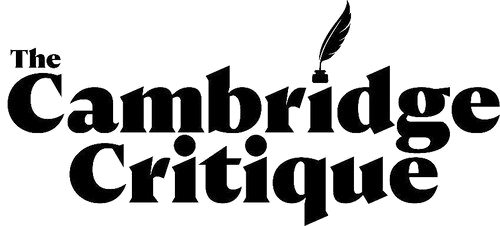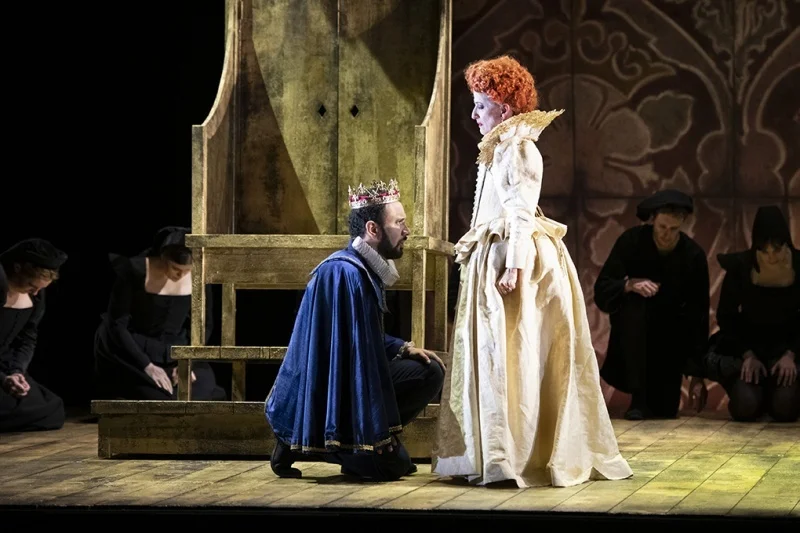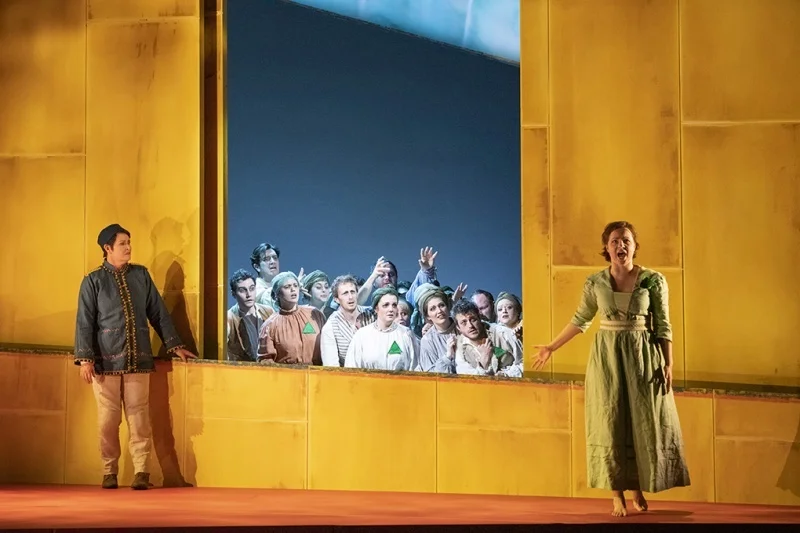ELIZABETH I, AT THE ARTS THEATRE
I had never seen Rossini’s ‘Elizabeth I’ but then again why would I? This was the first production in Britain since 1818 and even I am not that old. Tricorn hats off then to English Touring Opera (ETO) for reviving this work bringing it to Cambridge after two centuries. Was it worth the effort?
The opera’s original title, ‘Elisabetta, regina d’Inghilterra’ drives home the utterly Italian nature of this fictionalised account of the Virgin Queen. Though set in Tudor London, we are really not far from Rossini’s Napoli. Sung in Italian (with surtitles) the story is completely fictionalised. This Queen Eliza (as she is often referred to in the libretto) is hopping mad after discovering that her favourite, The Earl of Leicester, the recent victor over the Scots, has covertly married the daughter of Mary Stuart. It turns out that two hostages taken in the final battle are none other than the Queen of Scots’ two children. You didn’t know she had any kids? Give yourself a gold star for history. She didn’t, but this is opera not Simon Schama. Leicester – wonderfully pronounced in aria and recitative as ‘Lay-Chester’ – was betrayed by the baddie of the piece, the Earl of Norfolk, here a very nasty opus.
The evening began with a real surprise – an overture that sounded very familiar. Surely this is the curtain raiser for ‘The Barber of Seville’? Yes, the prolific Neapolitan was not one to waste a good set of notes; he re-used the overture from an earlier work only to draw on it again for the later and best-known of his operas.
The curtain then came up on a simple but effective set: a huge hanging decorated with the Tudor Rose and assorted fleurs de lys. A large wooden throne sits below a crown canopy, and that’s about it. The set gave the singers plenty of room to move. The problem though is that no one was moving very much. The long first half involved a galaxy of notes but no real action. An aria saying, for instance, that ‘I am not a happy bunny’, would last around ten minutes. The surtitle screens were not overworked as a sentence would be repeated endlessly. This is a real weakness in this rare work – apart from many expressions of anguish -Queen furious with Lay-Chester, Norfolk jealous of same, hostages fearing the chop etc. – nothing much happens.
Luckily Rossini’s music is captivating with its signature long runs and irrepressible good humour. The jolly tune from ‘The Barber’ overture used, for instance, in the final chorus of Act One, describes the coming execution of the philandering Earl and his Scots wife. Sounds like fun.
Things look up in Act Two with an extended series of duets and trios involving Mary Plazas as Elisabetta, David Lynn (a cover for Luciano Botelho who was ill) and Lucy Hall, the daughter of Mary Stuart. Plazas dominates the stage as the furious Bess. She has a very fine voice, wonderful breath control and imbues real emotion into the part of the wronged Queen. Hall was outstanding as the Lay-Chester’s wife and Lynn sang powerfully (though perhaps understandably as understudy lacked a bit of stage presence). John-Colyn Gyeantey was suitably evil as the plotting Norfolk though his pronounced vibrato was a little off putting.
The opera definitely picks up in the second half with some convincing drama, endless catchy melodies and some really interesting orchestrations. The chorus, dressed all in black, have little to do except stand around and sing but were interestingly choreographed in a series of tableaux.
Costumes were patchy (not literally). Plazas looked great in her huge white (bridal?) dress but Leicester presented a very strange figure in his tight-fitting blue top, cape over one shoulder and what looked for all the world like a pair of M&S slacks.
A work that would be improved from a touch more editing, we have to thank ETO for providing Cambridge with this premier of a good, if not great, work. Dull and silly though the story was, the music of Rossini made this worth the 200 year-old wait.







